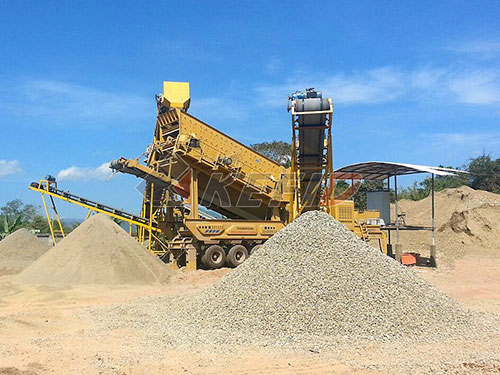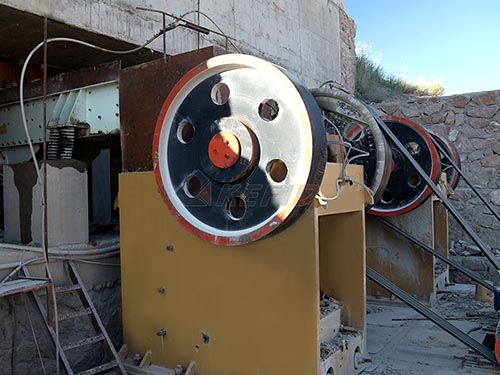An Artificial Sand Making Plant (also known as a Manufactured Sand (M-Sand) Plant) is a facility designed to produce high-quality sand from rocks, gravel, or industrial byproducts like slag. It serves as an eco-friendly alternative to natural river sand, which is depleting due to over-mining and environmental concerns.

Key Components of an Artificial Sand Making Plant
1. Primary Crusher
– Jaw crusher or gyratory crusher breaks large rocks into smaller pieces (~40-50mm).
2. Secondary Crusher
– Cone crusher or impact crusher further crushes material into finer sizes (~20-30mm).
3. Sand Making Machine (Vertical Shaft Impactor – VSI)
– The core equipment that shapes crushed stone into cubical sand particles by high-speed impact crushing.
4. Vibrating Screen
– Separates sand into different sizes (e.g., coarse, medium, fine).
5. Sand Washer (Optional)
– Removes dust and impurities to improve quality (for high-grade construction use).
6. Conveyor System
– Transports raw materials and finished products between machines.
7. Dust Control System
– Reduces airborne particles using water spray or bag filters for environmental compliance.
Types of Raw Materials Used
– Hard rocks (granite, basalt)
– Limestone
– River pebbles
– Industrial waste (slag, recycled concrete)
Advantages of Artificial Sand
✔ Consistent Quality – Controlled particle shape & gradation.
✔ Eco-Friendly – Reduces riverbed mining and environmental damage.
✔ Cost-Effective – Lower transportation costs if sourced locally.
✔ Better Workability – Cubical-shaped grains enhance concrete strength.
Applications
– Concrete production
– Road construction
– Plastering & masonry work
– Precast elements & RCC structures
Challenges & Solutions
1. High Dust Generation → Install dust suppression systems.
2. Uneven Gradation → Optimize crushing & scr

ing processes.
3. Moisture Control → Use dry processing or sand drying systems if needed.
Plant Setup Considerations
✅ Raw material availability & hardness
✅ Required production capacity (e.g., 50 TPH, 200 TPH
Leave a Reply